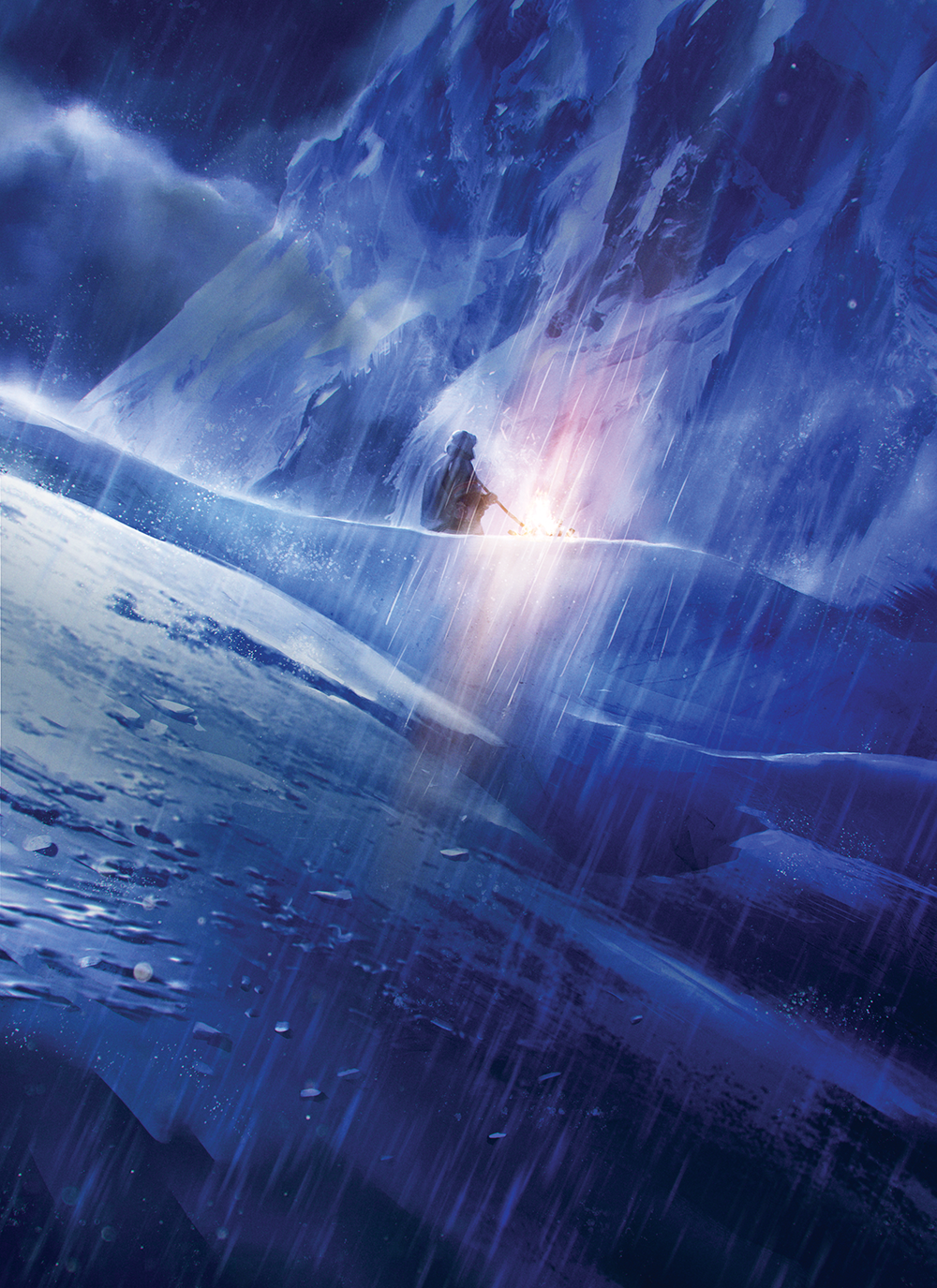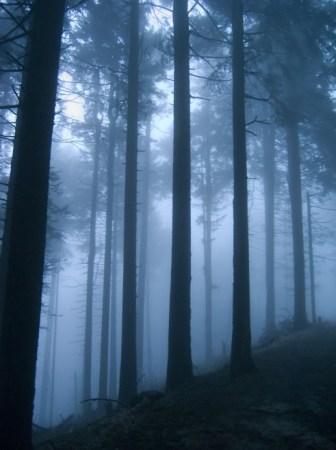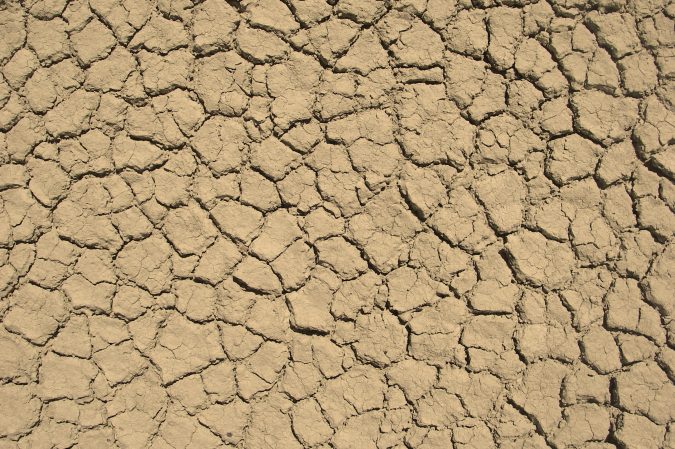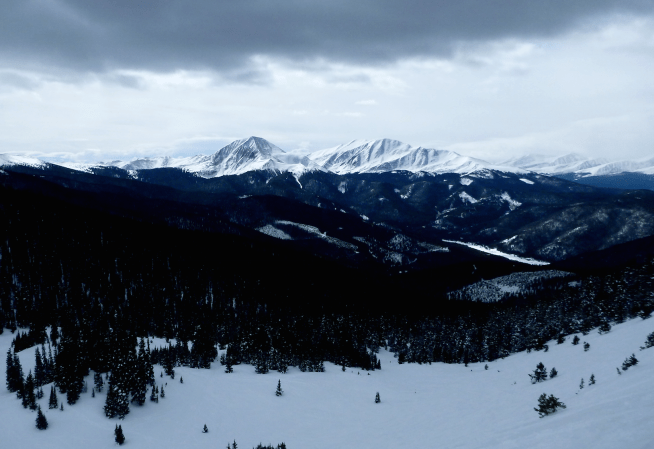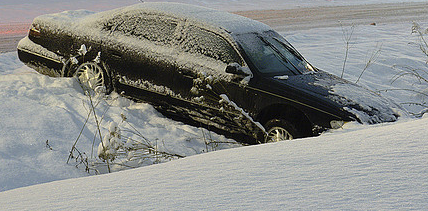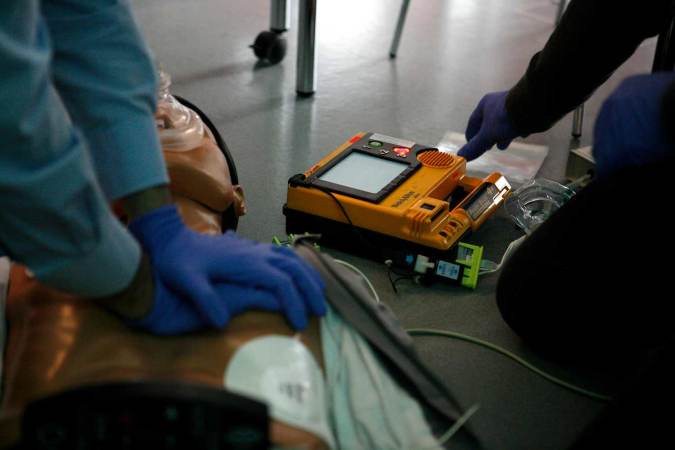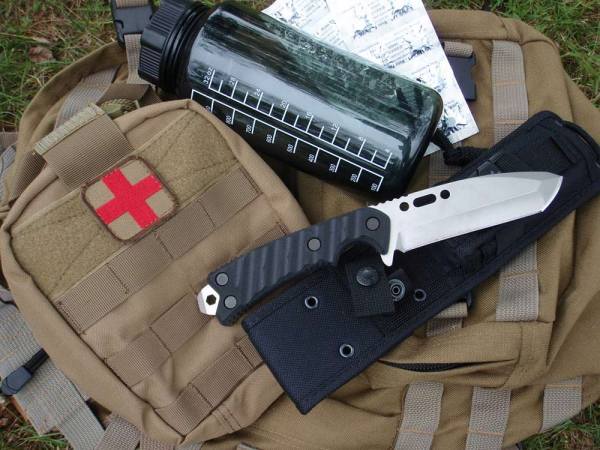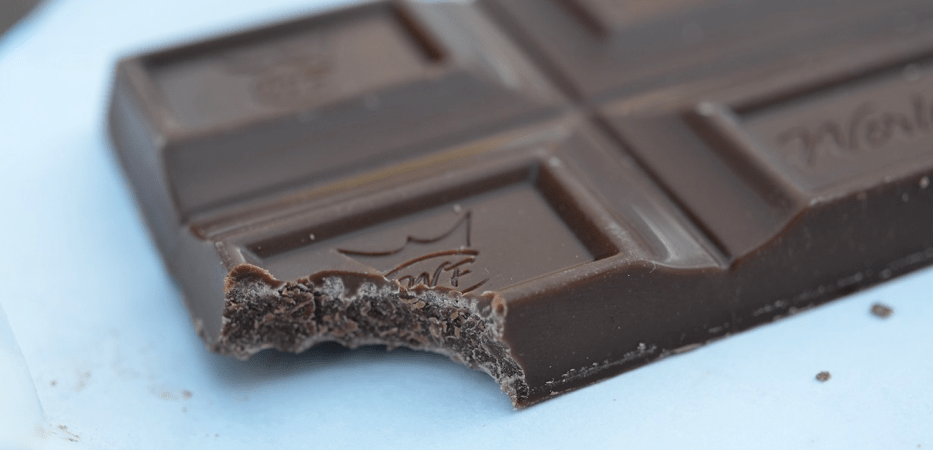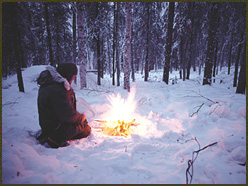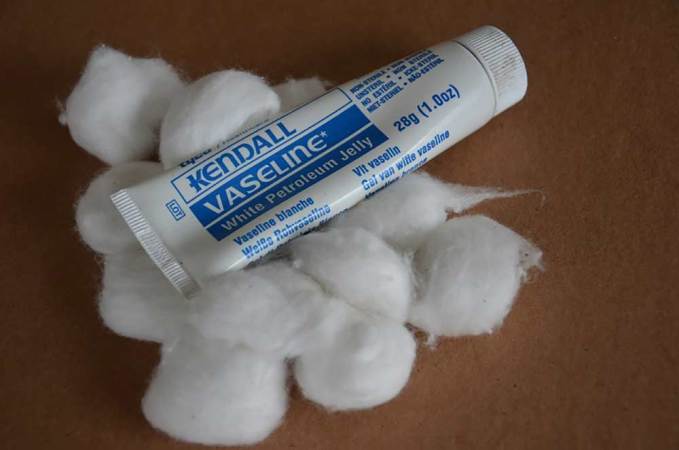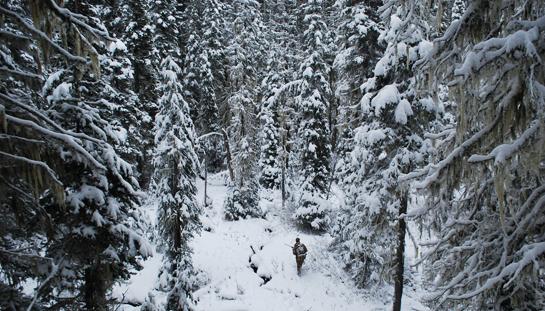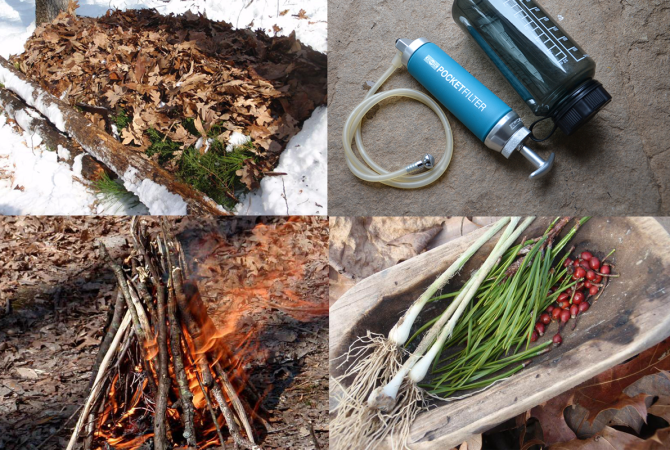The lore of the wilderness has seeped into many different facets of modern life. From movies, TV shows, and even cartoons, we may think we’ve picked up some handy tips about how to survive in the wild. But does pop-culture wisdom really pan out? Not always. Here are 26 common outdoor survival myths that are retold so often, you might already believe them.
MYTHS ABOUT THE COLD
1. Rub frostbitten skin
Don’t. Ever. Frostbite occurs when ice crystals form in your skin and other tissues. Rubbing the injury causes more tissue damage as the ice crystals lacerate new cells. Instead, treat the victim with painkillers as you slowly rewarm the tissue—frostbite hurts!
2. Drinking liquor will warm you up
We’ve probably all seen the cartoon depicting a Saint Bernard dog with a cask of brandy around his neck reviving some avalanche victim. But liquor is the last drink you need in a cold-weather survival scenario. Although you may feel warmer, alcohol actually dilates skin-surface blood vessels and capillaries, which will chill your core even faster. Instead, drink hot tea or cocoa.
3. All base layers work equally well
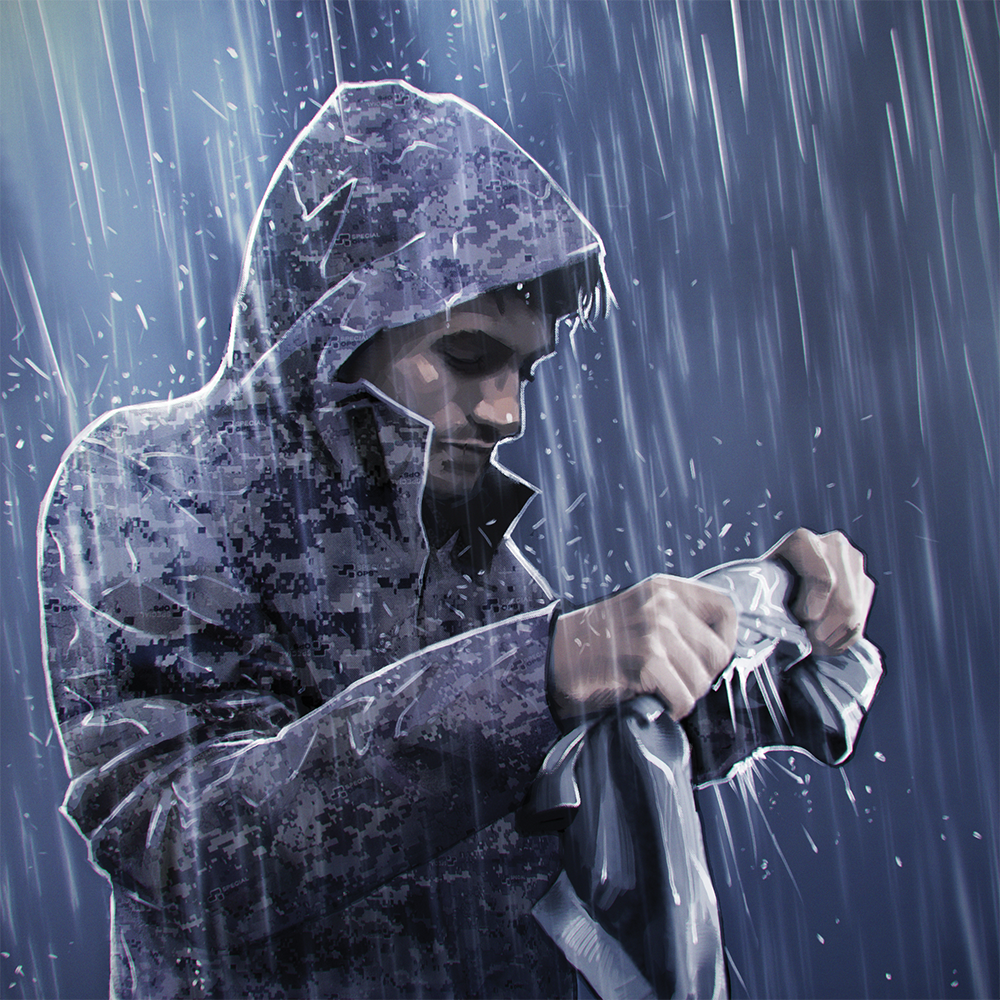
Not true. Cotton kills—or, at least, could lead to hypothermia if you rely on it as your primary base layer in cold weather. It’s a great fabric to wear around the house, and it has great applications in hot, dry climates. But once cotton gets wet, it loses its insulating properties. Before you even break a sweat, normal skin moisture will soak into the cotton fibers and start to cool your body through conduction. These fibers can hold up to 27 times their weight in water and then store that moisture up to eight times longer than synthetics or wool. This doesn’t just leave you feeling clammy—it steals vital heat from your core. If it’s cold enough for long johns, then it’s too cold for cotton.
4. Don’t feed a victim of hypothermia
Normal shock treatment and hypothermia treatment are different—you don’t, for example, want to feed someone who may be going into shock because he can vomit and choke while unconscious. However, in mild to moderate hypothermia cases, high-calorie foods can be given in small, repeated doses to create metabolic heat in the victim and help him restore his own heat-generating ability.
5. Let a hypothermic victim get some sleep
After the shivering, confusion, slurred speech, and clumsiness of hypothermia have manifested, an exposure victim also gets drowsy. This is a serious warning sign because sleep can lead to death. Keep the victim awake as you warm him up.
6. A hot tub will cure hypothermia
Rewarming is the main way to treat someone whose core temperature has dipped far below 98.6 degrees. But dropping somebody in a Jacuzzi will cause excruciating pain and can even trigger a heart attack. Instead, put hot-water bottles in both armpits, or use skin-to-skin rewarming. Never use a high-heat source to treat a hypothermic person.
MYTHS ABOUT WILD ANIMALS
7. Eating raw meat and seafood is safe
Not really. We’ve all seen the survival show with a charismatic host scarfing down some poor live animal. This may be safe once in a while, but it’s hardly a technique to emulate. Raw animal flesh can contain pathogens that may attack the human body, resulting in an extended-onset condition that’s difficult to diagnose. What about sushi, you say? Plenty of folks eat raw fish and don’t seem to get sick. Some raw seafood that comes from saltwater is safe for human consumption, but it’s only because their pathogens aren’t very compatible with the human body. The worms in sushi and the bacteria in oysters aren’t usually the right species to take up residence in a human host. Play it safe: Kill it and cook it before you eat it.
8. You can eat anything animals eat
Despite our shared biology, there’s still a massive difference between humans and other animals. Some animals might eat plants that happen to be edible to humans, but these same animals can also eat plants that are dangerous to us. Birds are the worst animals to emulate, as they gobble up a variety of berries, many of which could either nourish us or kill us. Even mammals such as squirrels, which normally eat nuts that are safe for human consumption, will occasionally munch on mushrooms and nuts that are toxic to humans. Just because an animal ate it doesn’t mean that you can.
9. Cut and suck a snakebite
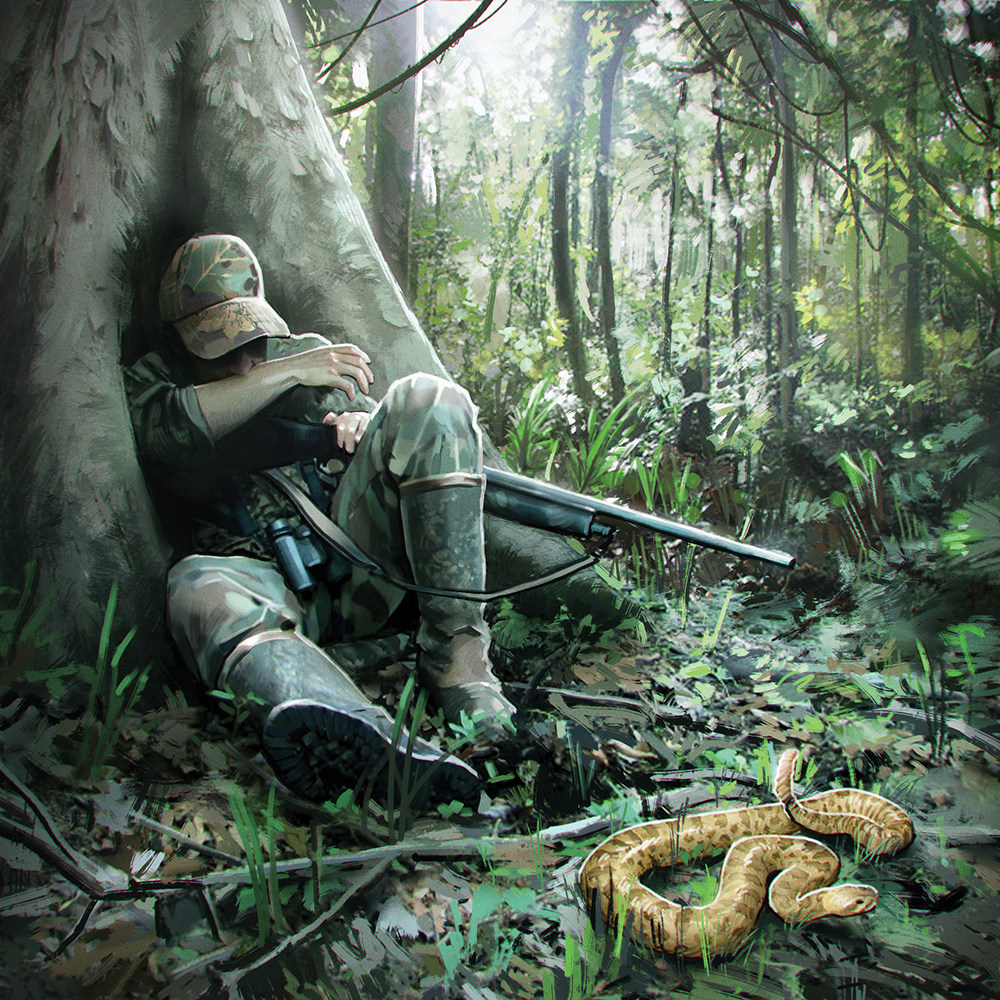
The cut-and-suck technique of dealing with venomous snakebites went the way of the dodo, yet it still seems to hang around in Hollywood. In reality, this trick won’t work and opens the victim up to a larger risk of infection by creating a bigger wound with bacteria-laden human spit inside. Put on a pressure dressing and get to a doctor.
MYTHS ABOUT NAVIGATION
10. Moss grows on the north side of trees
Despite the many cartoons and pop-culture references, moss doesn’t always grow on the north side of trees. In my area, I actually find more moss on the south side, because it’s sunnier and warmer there (a good recipe for plant growth). Depending on the moss species and the local climate, moss will grow where conditions are most suitable.
11. You’ll never get lost with a GPS
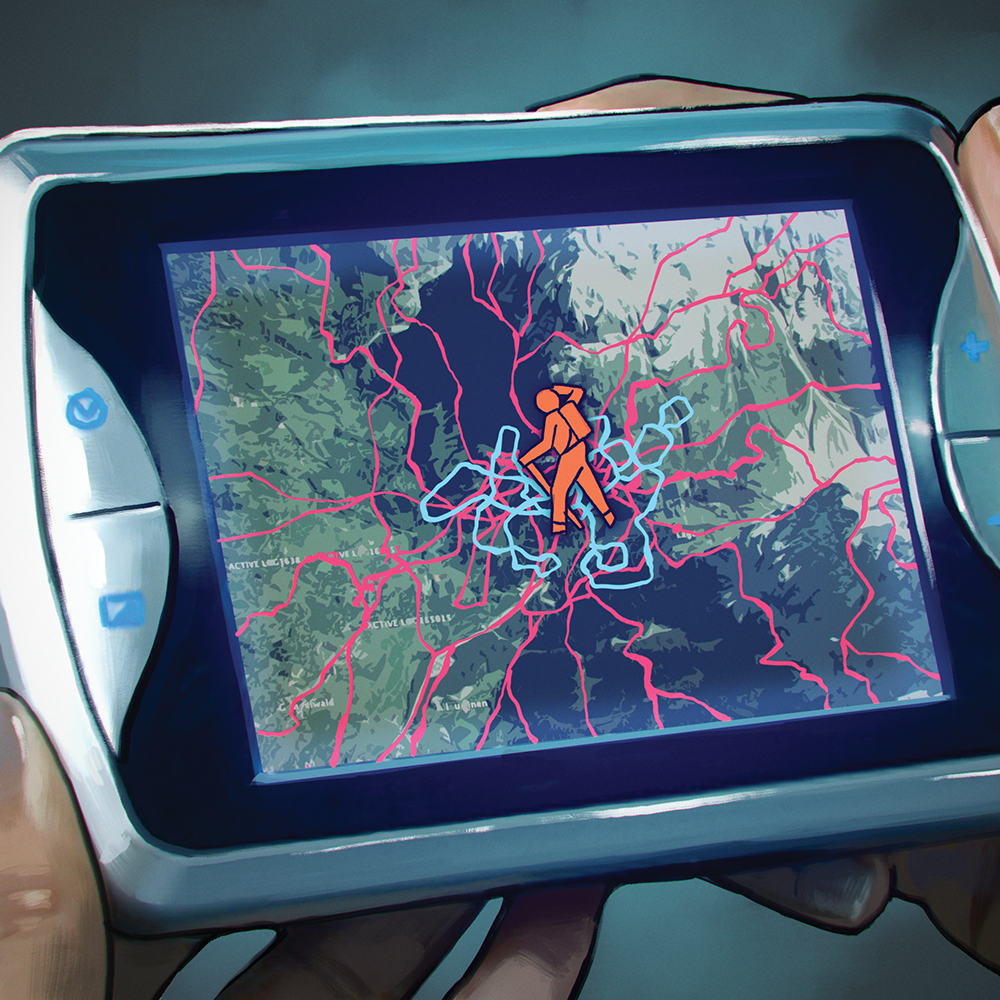
If you can afford one, you should always take a GPS unit with you into the backcountry. These high-tech navigational tools are easy to use, and more important, they always let you know where you are. But they aren’t a fail-safe against getting lost. If you misplace or break the unit, or your batteries die, you’d better have a map and compass (and the knowledge to use them) as a backup. Navigation isn’t just about knowing where you are; it’s about knowing which way to go as well.
12. Follow flying birds to find water
While some aquatic birds rarely leave the water’s edge, others roam far and wide for food. It’s been said that geese fly toward water at dusk, but this isn’t always the case. They could simply be flying toward a known clearing to spend the night. Since we have no way of knowing a bird’s plans for the evening, we can’t rely on it to lead us anywhere.
MYTHS ABOUT SHELTER
13. Build a fire in a cave for warmth
Cavemen didn’t know any better. You do. Heat causes rock to expand. Rock expansion can lead to breakage. When rocks break overhead in a cave, it’s called a cave-in.
14. A big fire beats a shelter
Large-log fires have kept people alive in the cold, but that doesn’t mean you can afford to skip building a shelter. What if it rains or becomes really windy? You never want to sleep out in the open if you can help it. Take the time to build a shelter. It will pay you back every time.
15. Space blankets are useless
Those Mylar-coated emergency blankets certainly don’t look very warm. How on earth can something no thicker than a trash bag save your life? Well, though the aluminum coating on these blankets is very thin, it is thermal-reflective. In other words, it can redirect infrared energy, which means that it reflects heat. When you are getting cold due to shock or exposure, it’s because the heat you were radiating is lost to the air and not replaced. With a space blanket wrapped around you, however, the moisture in your clothes won’t evaporate (which causes cooling) and you won’t lose as much heat to the air moving around you (limiting convective heat loss). So you will stay warm when you’re wrapped up in this sheet that looks like tin foil. And since these lifesaving blankets pack down so small and are so cheap, there’s no reason to run around in the bush without carrying a few of them.
16. Lean-tos Make Great Shelters
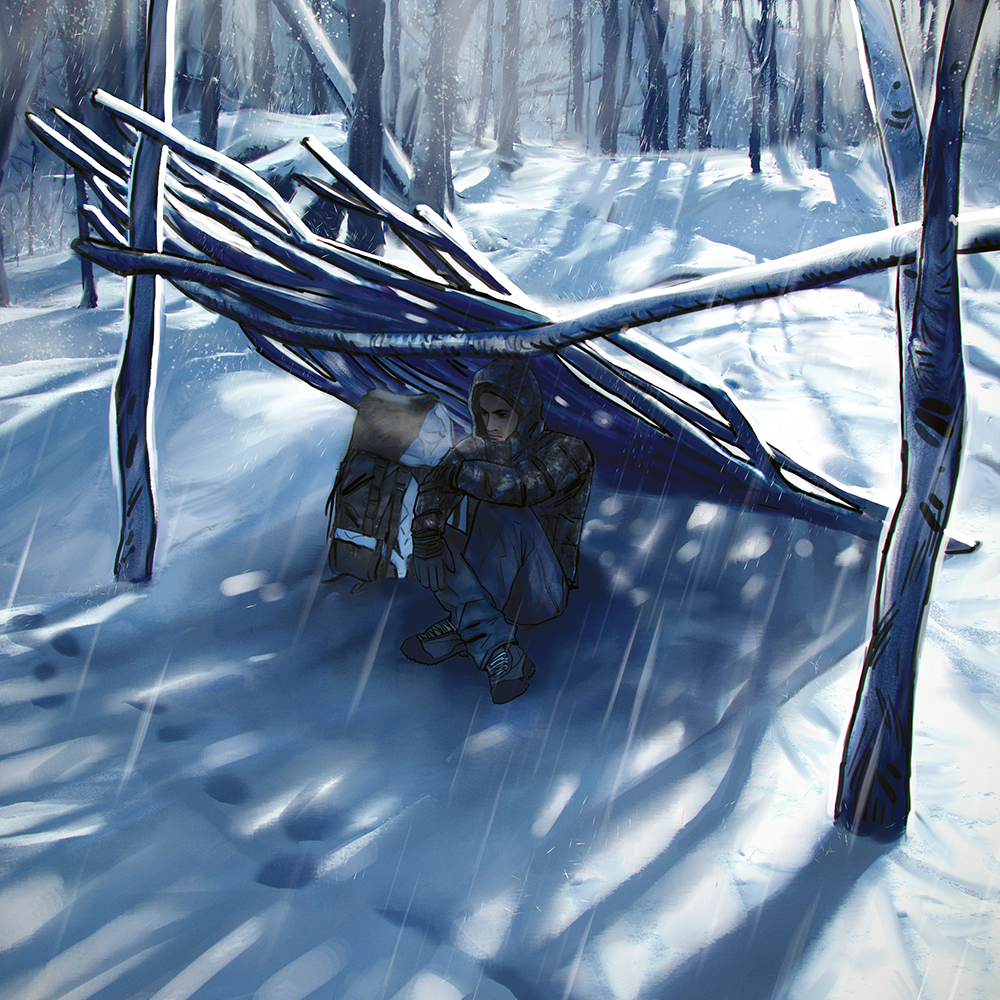
Survival shows all use lean-tos because, frankly, they look cool. This type of shelter is fine for a woodshed or workshop, but it shouldn’t be your sleeping shelter. You need something with walls, a roof, and a small doorway to stay warm and dry.
MYTHS ABOUT FIRE
17. Rub two sticks together to make a fire
Yes, friction is a way to create a flame, but no, you can’t just rub any two sticks together. Friction-fire techniques require practice, patience, and luck. Just because it looks easy on television, don’t assume you’ll be able to do it under pressure without a lot of practice.
18. Use a thumbnail to test wood
You may have heard that if you can dent a piece of wood with your thumbnail, the wood is suitable for starting a friction fire. This myth just won’t seem to go away, but it doesn’t hold up. Some denser woods are fine for friction fires, and are some softer woods don’t work at all. When the thumbnail test works, it isn’t an affirmation—it’s a coincidence.
19. Nose grease is the perfect fire starter
Is there enough oil on the side of your nose to lubricate the top of a bow-drill spindle? I don’t know about you, but I was never that greasy, even as a teenager. Furthermore, when you’re trying to build a friction fire, you’ll produce more sweat than grease on your face, and sweat doesn’t help.
20. Hardwood is best for friction fires
Just because oak is a great firewood doesn’t mean it works for friction fire. Oak’s ignition temperature and density are not useful in friction-fire drills or boards. Instead, use soft woods that are non-resinous. Cedar, basswood, willow, and cottonwood will serve you much better than oak or other typical firewoods.
21. Wet matches work when dried
Nope. The chemicals in match heads are very vulnerable to moisture. On typical safety matches, the package will have a striking surface that is made from a gritty material such as powdered glass mixed with phosphorus. The head of the match is similarly made with grit, but it also contains sulfur and an oxidizer. When you strike a match, the friction of the glass powder grinding together creates a small amount of heat. This warmth converts the phosphorus into white phosphorus, which begins to catch fire. If match heads are exposed to enough moisture, the careful chemical balance is changed and they simply won’t light. Invest in some waterproof matches if you’re heading someplace wet. Or keep your matches in a waterproof container.
22. Use an eight-sided bow drill
At some point, using an octagonal drill became popular. The conceit is that the edges help the drill grip the bow string in more places, resulting in more friction. But these sharp edges end up shredding the cord and causing it to vibrate horribly, while failing to grip the string any better than a round drill would.
MYTHS ABOUT HYDRATION
23. Drink your own pee to stay hydrated
This question invariably comes up in my wilderness survival classes: “Can we drink urine?” My response: “You could, but why would you want to?” Urine is full of the body’s waste products. If conditions are grim enough to inspire you to consider urine as a beverage, then you are most likely severely dehydrated. The urine of a dehydrated person should not be reintroduced into the human body under any circumstances. Pee can be handy in other ways: Use it to dampen clothing for evaporative cooling in hot climates. But it’s not safe or smart to drink it.
24. Drink raw blood to survive
Sure, there’s water in blood. And some of the traditional cattle cultures of Africa still consume cattle blood with milk, but this is done for protein and minerals rather than hydration. While the consumption of animal blood has helped to keep survivors alive, the risk may not justify the gain. Drinking raw blood could mean you’re consuming pathogens.
25. Suck on a stone for hydration
This old survival trick has been practiced across the globe. The idea is that sucking on a stone causes saliva to flow. Obviously, you’re not sucking water from the stone, so there is no real gain. Most calamitously, you could even suck on the stone too hard and inhale it, which could cause you to choke.
26. Eat snow for water
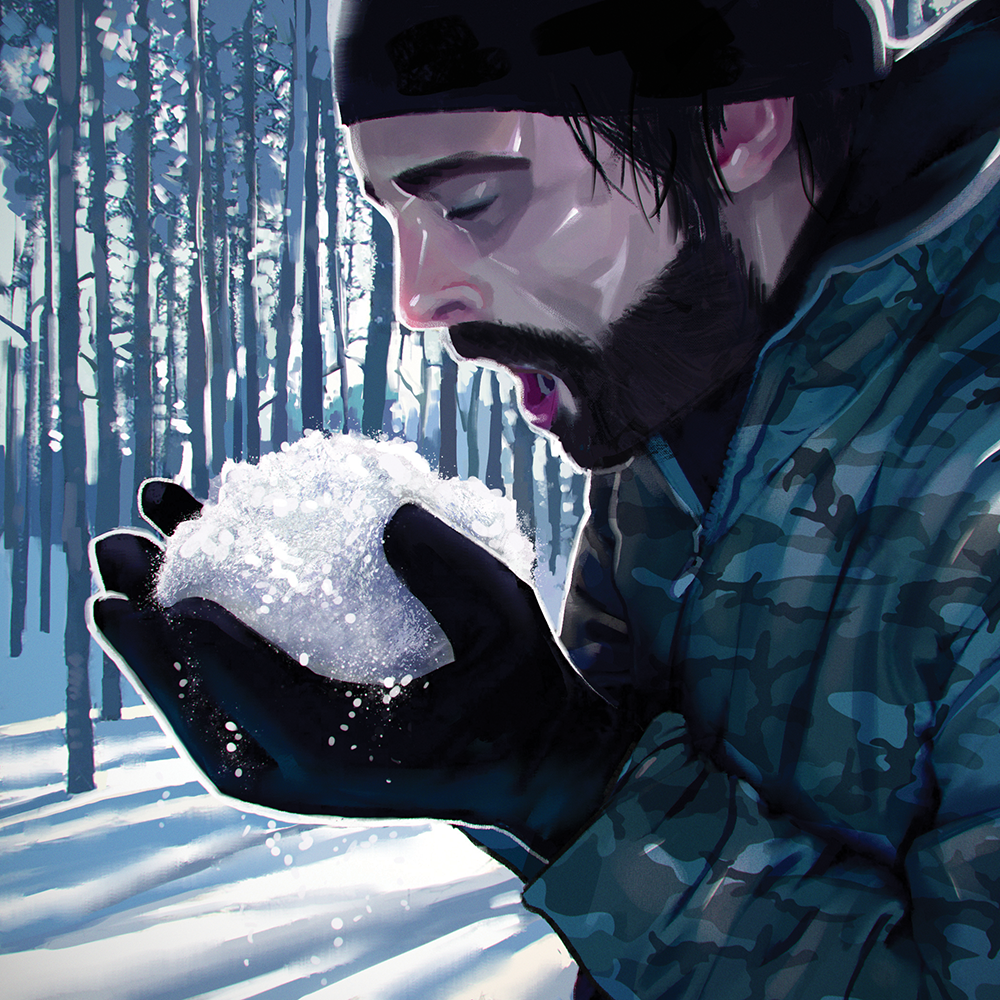
We all know not to eat yellow snow, but what about the white stuff? Bad move. There are four classes of snowflakes and many shapes these classes can assume. But they all contain more cold air than frozen water. In any volume of snow, the air-to-water ratio is about 9:1. This means you’d need to eat about 10 quarts of snow to yield one quart of water in your belly. Forget about brain freeze—this is core freeze. If it is cold enough for snow to be present, then it is cold enough for hypothermia. Always melt snow before drinking.
